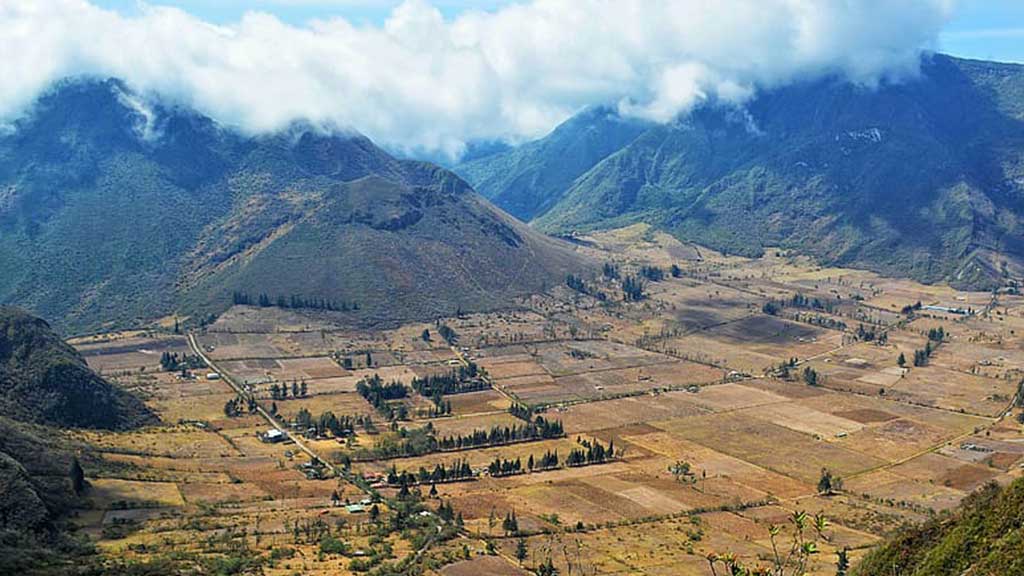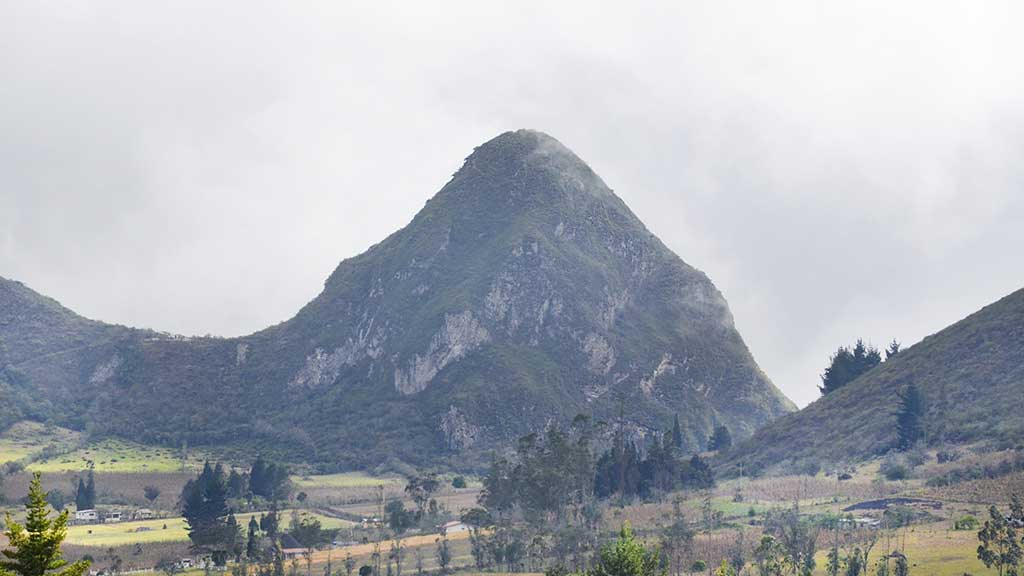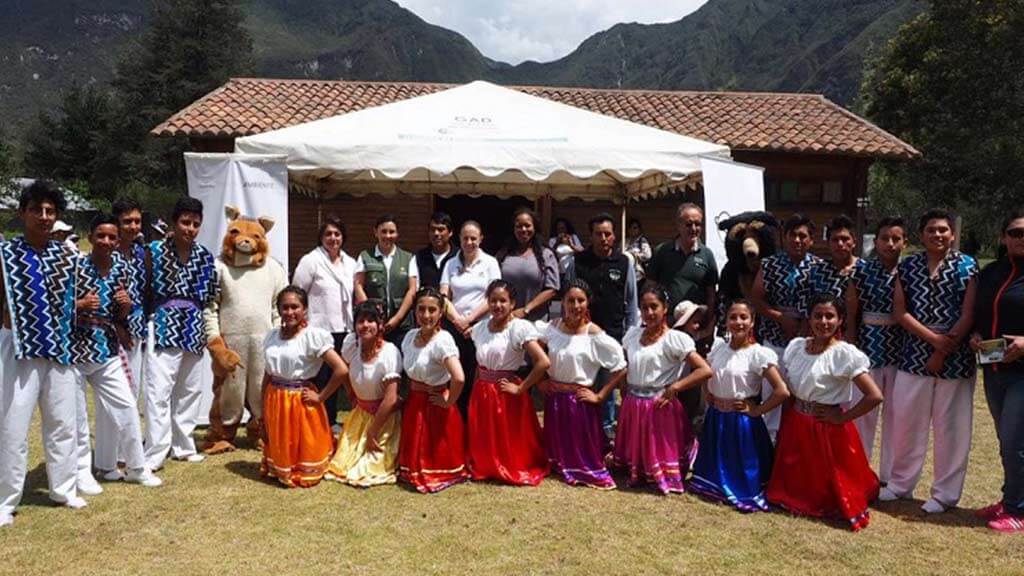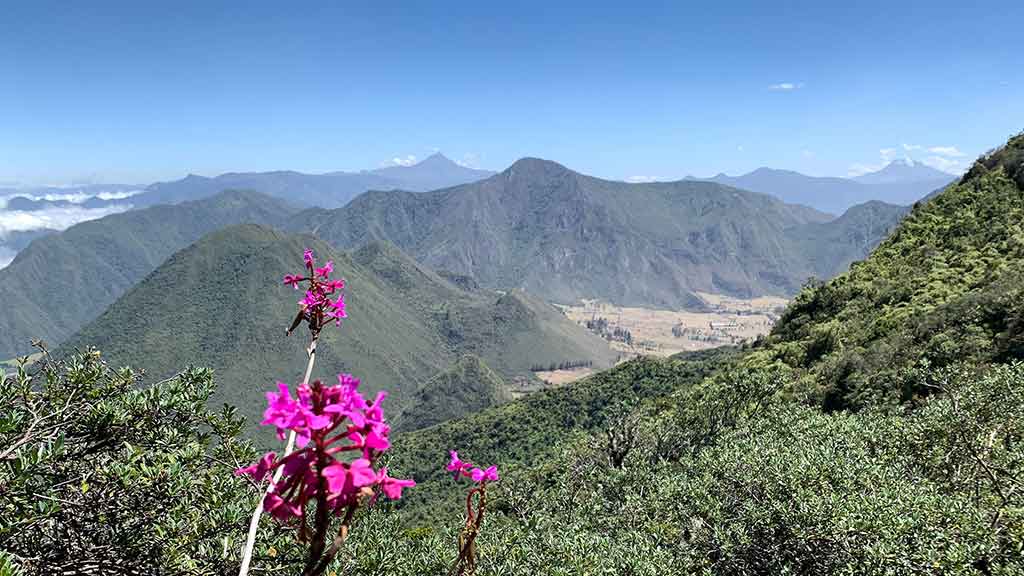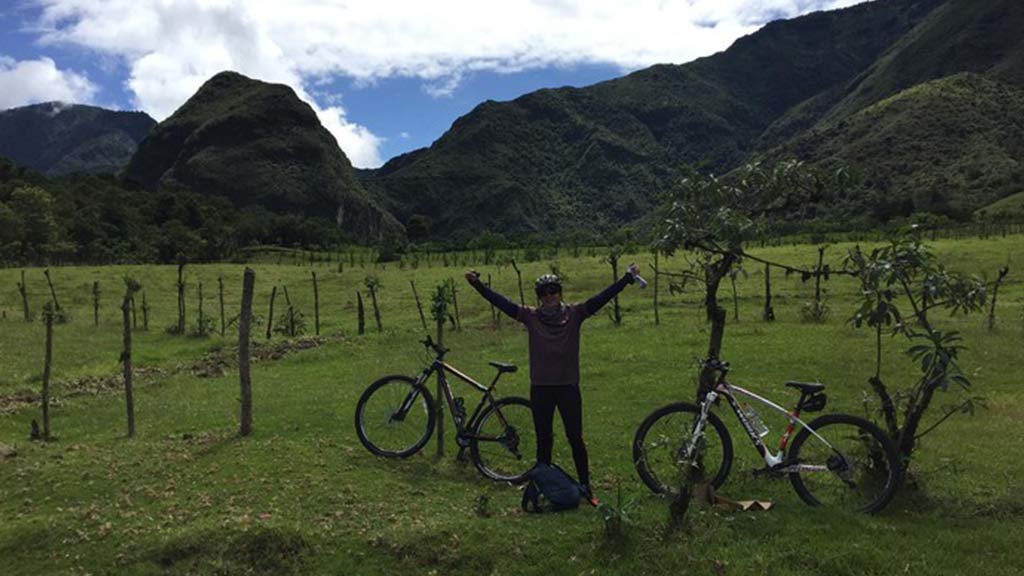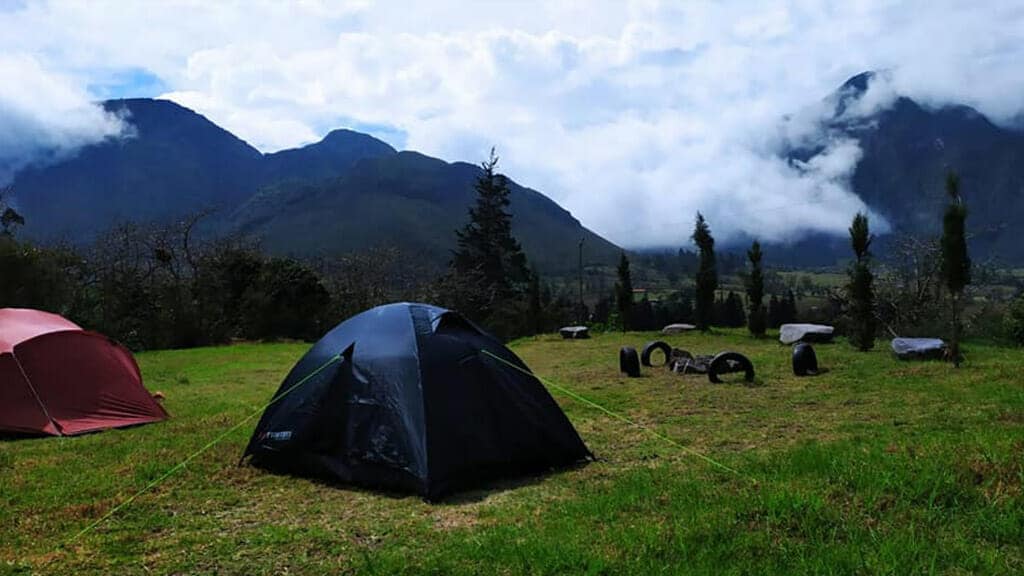Pululahua Geobotanical Reserve
Pululahua Crater is the only Geobotanical protected reserve in Ecuador, in recognition of its unique geological and biological diversity. From the moment visitors first gaze down from Pululahua lookout, it’s clear that this is no regular volcanic crater. Beneath the clouds and mist, lush vegetation and rich volcanic soil have attracted homesteads and farms. Pululahua is in fact the largest inhabited volcanic crater on the planet! This vibrant area also attracts thousands of tourists each year to explore its natural wonders.
Keep reading for a complete visitor guide to Pululahua Geobotanical Reserve. Everything you need to make your trip a success - from trip planning advice, to practicalities and tips.
SECURE YOUR ECUADOR TRAVEL
Get a FREE personalised quote today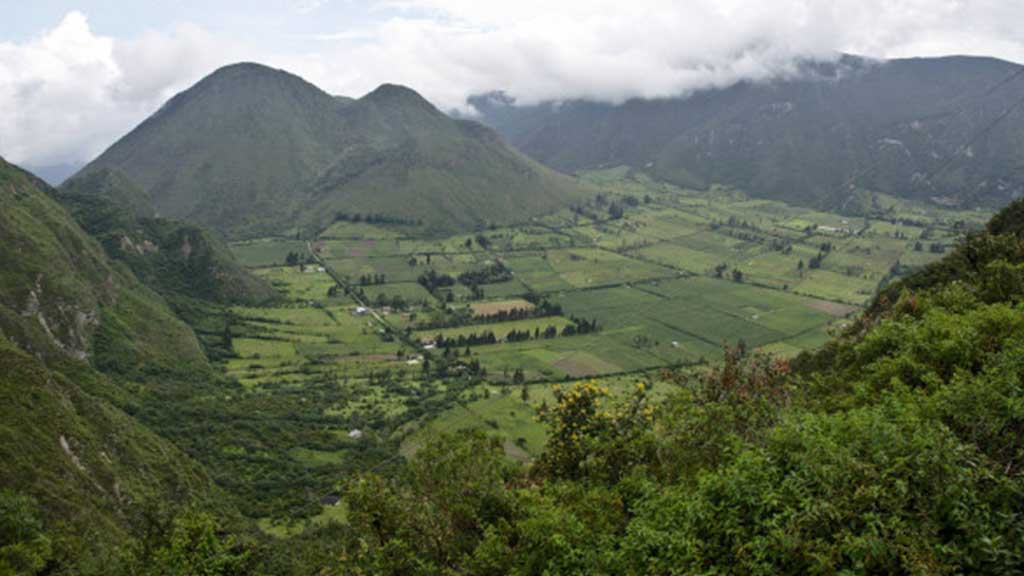
What are the unique qualities of Pululahua Volcano in Ecuador?
Pululahua Geobotanical Reserve was created back in 1967 as the very first protected area in mainland Ecuador. In total the reserve covers an area of approximately 3,383 hectares.
The name Pululahua means "cloud of water" in local Quichua tongue. The name is certainly appropriate, both for the fumeroles in this potentially active volcanic crater, and the moist rain clouds that roll in most days.
Pululahua is one of only two inhabited volcanoes in the world. Most of the families that live in the crater are dedicated to agriculture, livestock, and tourist hospitality. The hostels, inns and lodges in the area receive national and foreign tourists throughout the year.
Within the reserve there are three volcanic domes, named: Pondoña, El Chivo and Pan de Azúcar. The large crater itself is the result of many historic eruptions and landslides. The powerful volcanic energy can still be felt in the very earth and rocks of Pululahua.
Top 5 Highlights of Pululahua Crater Reserve
Pululahua crater is packed with things to do and see - there is something for everyone. Here are our 5 main highlights to include on a visit.
1. Pululahua crater
The main attraction of the Pululahua Geobotanical Reserve is the volcano crater. The caldera is about 4 kilometers wide at the top, and covers an area of 19 square km inside. Shaped like a horseshoe, the crater opens up to the north where the Blanco River flows out towards Guayllabamba. This formation is the result of the emptying magma flow of the volcano during the last eruption, and collapse some 2,450 years ago.
The surrounding caldera slopes rise up like mountains, forming a protective barrier from the world outside. Inside the crater, the flat and fertile land is perfect for agriculture, suited to a significant variety of different crops.
The diversity of animals and plants also demonstrates that life can develop and thrive anywhere on our planet. Rain clouds roll in from the Pacific Coast on most afternoons, producing a humid cloud forest habitat with abundant orchids and bromelias. Over 180 bird species have been spotted at Pululahua, as well as mammals such as the Andean fox, Andean bear, deer, squirrels and armadillo.
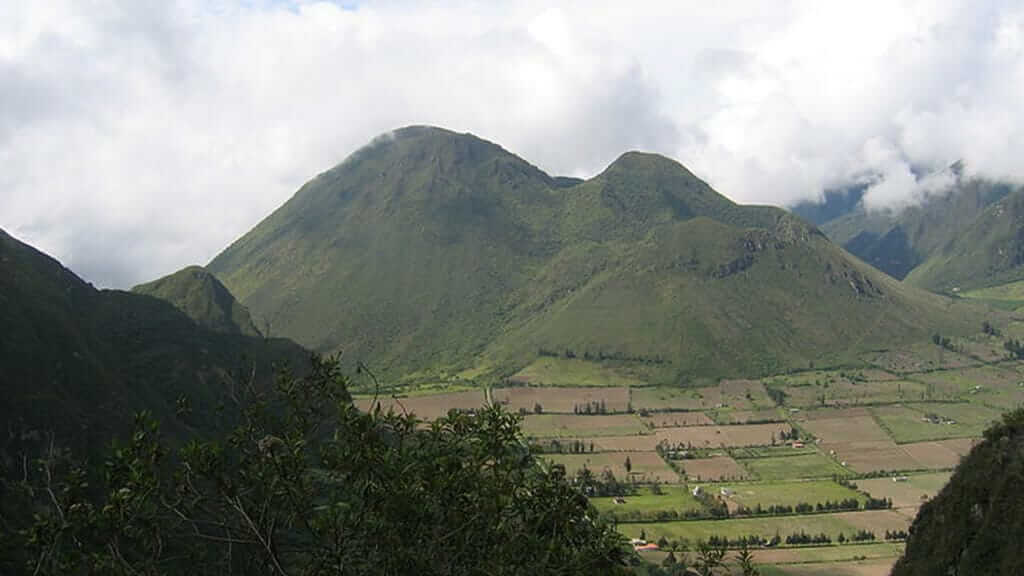
2. El Chivo and Pondoña Peaks
El Chivo is in the northeastern section of Pululahua volcano, with a height of 2,698 m. above sea level. Pondoña is more central, reaching 2,975 m. Both are volcanic dome peaks, with hiking trails (1.3km El Chivo, 2.7km Cerro Pondoña) leading to the top of each one. In addition, there are thermo-mineral water springs behind Pondoña dome in the Bucal area, with gentle slopes and a temperature of 28 °C (82.4 ° F).
3. Ventanillas lookout
This Pululahua viewpoint is located on the crater lip, and affords panoramic views of the crater and patchwork agricultural landscape below. Skies are usually clearest in the morning before noon. Afternoon mists tend to blow in from the west, covering the lower part of the reserve and obscuring the views.
From Ventanillas there is a dirt trail leading into Pululahua community. The 2km descent is very steep, requiring 20 minutes to trek down and aprox 1 hour up. The locals call this trail “Sal si puedes” (“Get out if you can”), owing to the tough trek up it’s high gradient.
Half-day equator tours to Mitad del Mundo often include a visit to Ventanillas lookout to take photos of the scenic view.
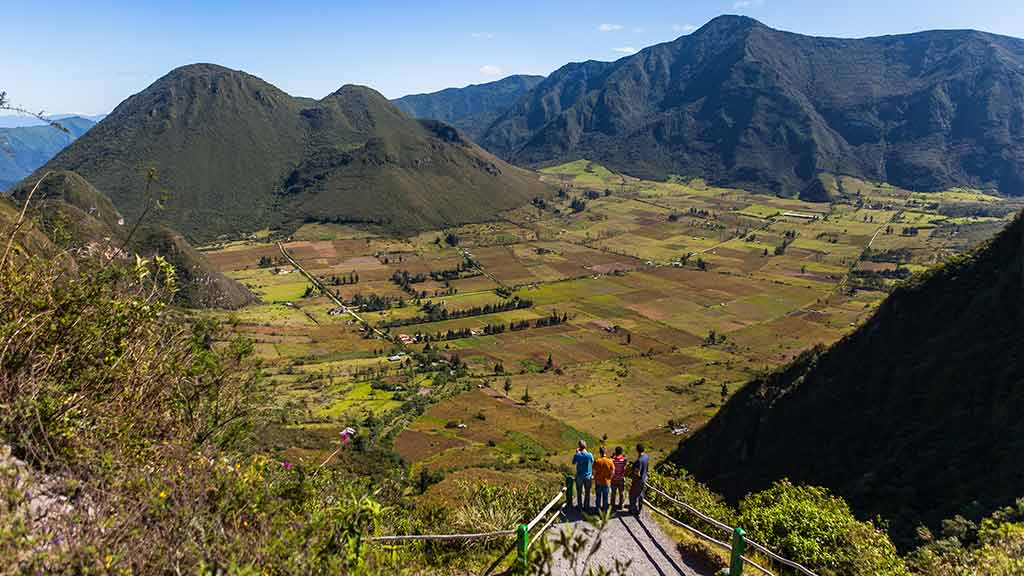
4. Pululahua Community
The Pululahua community inside the crater is home to a small group of residents (around 40 families), living out peaceful lives in an unusual place. This is an area rich in orchids, and the center of agricultural activities. The land is pale yellow in color, and the volcanic rocks of different colors give the area a very unusual appearance.
Pululahua’s community is the best base for exploring the crater. Visitors have access to eco-hostels, campsites, restaurants and tour operators. On public holiday weekends it may be necessary to book services in advance.
Interestingly, the crater was originally a hacienda owned by the Dominican religious order. During Ecuador’s 1905 liberal land reforms, the hacienda was handed over to the state, before eventually being divided between the families who had labored at the hacienda.
5. Moraspungo Recreation Area
For a family day out in Pululahua, nothing beats Moraspungo Recreation Area. A wheel-chair accessible trail (Sendero Adoquinado, 0.8km) leads through Andean Forest to observe local the flora and fauna, ending at a crater lookout with picnic and BBQ facilities. Those wishing to stay overnight can rent out two simple cabins here too, or camp.
GET FREE ADVICE
From an Ecuador destination expert todayThings to do at Pululahua Reserve
Horse riding
The Pululahua horse riding tour is one of the best ways to explore the breathtaking landscapes of the reserve. Ride around the central lava cone to enjoy the wonderful views, with friendly mountain horses and experienced guides
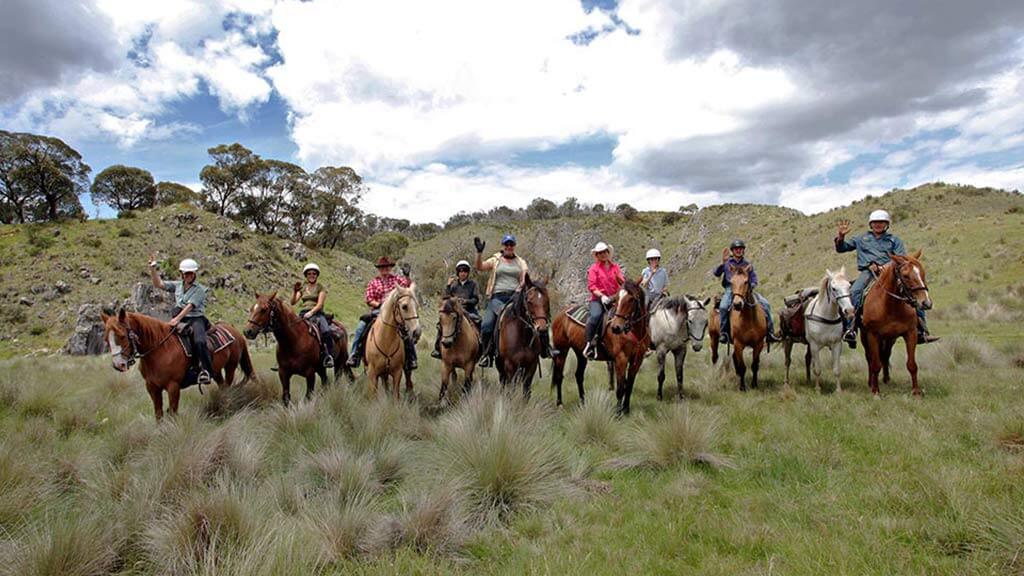
Hiking
Due to its wonderful landscape, green hills, and impressive flora and fauna, the reserve is ideal for hiking. The most popular treks are up El Chivo and Pondoña peaks. We recommend hiring a local naturalist guide to avoid getting lost, and to fully appreciate the flora and fauna along the way.
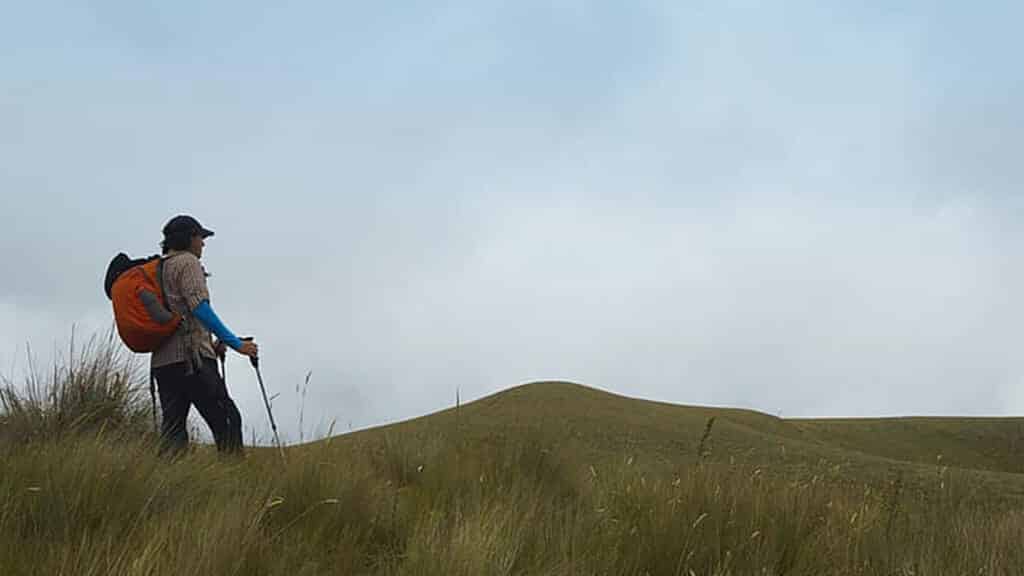
Photography
Don't forget to bring your camera when you travel to Pululahua! From the smallest insects to the most beautiful orchids and strange pumamaquis, you want to catch it all. A side angle landscape lens is also a plus to capture the full scale of the crater itself.
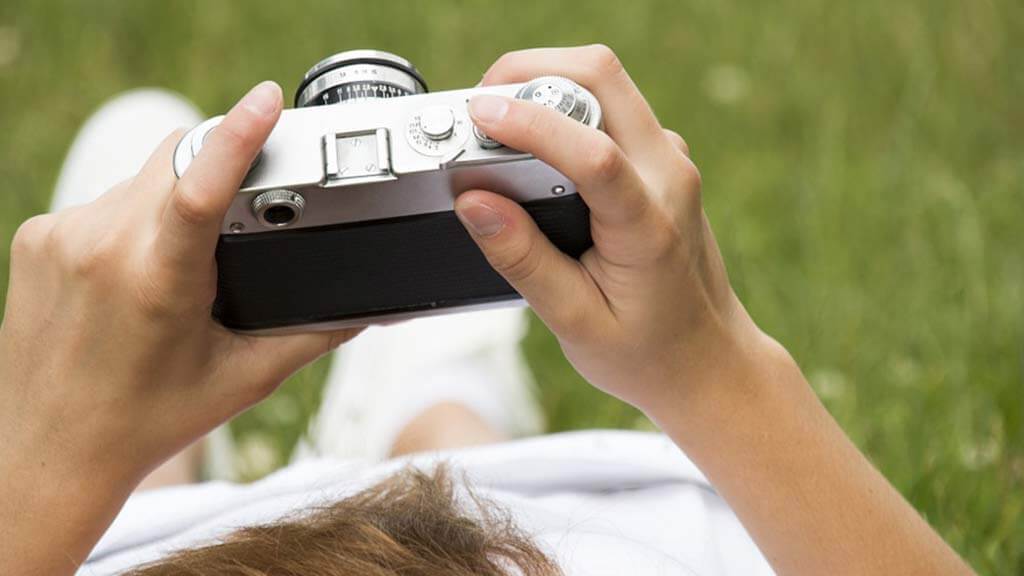
Bike rides
If mountain biking is your thing, rent a bike for the day to explore the muddy trails of the reserve.
Camping
There are several places in the reserve where camping is permitted. Just head to the community of San Isidro for comfortable places to pitch a tent for the night.
How to visit Pululahua Ecuador?
The Pululahua Geobotanical Reserve is in the province of Pichincha, Ecuador. The best news for visitors is that it is only 18 miles (30 km) from the Historic Center of Quito, making it relatively easy to visit.
How to get to Pululahua Geobotanical Reserve?
Don’t worry if you don’t have your own private transport, it’s possible to reach Pululahua by bus. From Quito, take a Metrobús at any of its stops on Avenida la Prensa and Avenida América, until you reach the Ofelia station. Here change to the Mitad del Mundo - Kartódromo feeder. Jump off at Mitad del Mundo, where pickups (camionetas) can be hired to take you up to Ventanilla lookout, or into the crater community.
By car, take the Quito-Calacalí route. 3 miles (5 km) after passing the Middle of the World monument, there is a gas station (the area is called Caspigasi), with signs up to the Ventanilla lookout (and El Crater Hotel) to the right. Or to drive into the crater, head further up the main road to the following turn-off to Moraspungo Recreation Area.
Another easy way for foreign tourists to visit Pululahua Geobotanical Reserve is on an organized tour. Happy Gringo operate private day tours with experienced guides every day of the year.
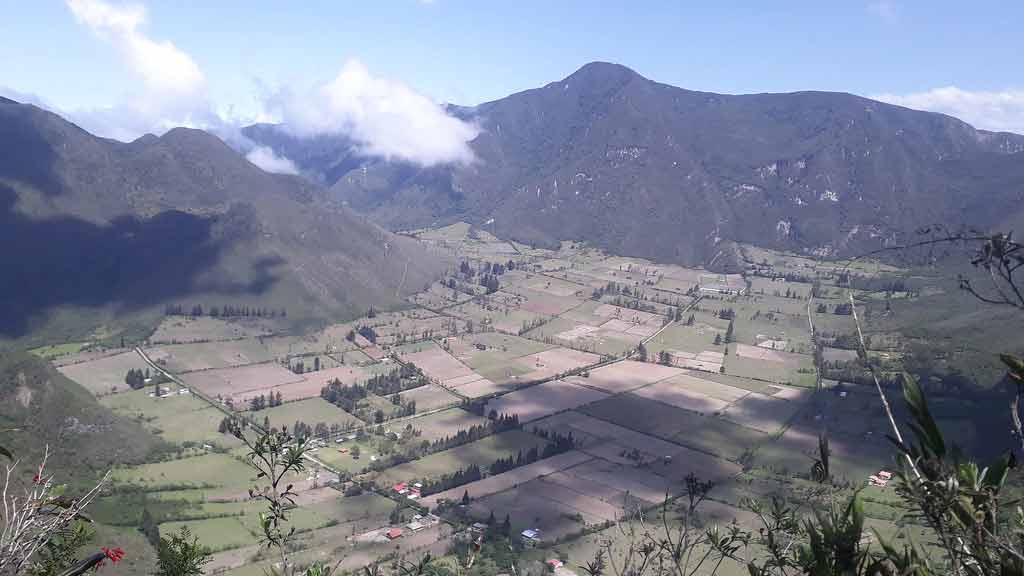
Practicalities for visiting Pululahua
• Get there early to improve the chances of clear skies and good views. It is also best to visit during the week and avoid weekends which are busier with local tourists.
• Go prepared! The weather at Pululahua is variable – sometimes strong sun, other times rainy and cold.
• You will need a good pair of walking shoes as the terrain is sandy, uneven and steep.
• Pululahua’s altitude ranges from 1,800m to 3,356m. Remember to drink plenty of water to stay hydrated and avoid any effects of altitude sickness.
• Sun protection is always required: sunglasses and high factor sunscreen to prevent burns, even on cloudy days. Insect repellent can also come in handy in the evening.
• Bring binoculars to get a closer look at birds and wildlife, or a spotting scope or high-zoom camera.
• There is no entrance fee, but tourists must register at the visitor center. There are also restrooms available here.
• Bring sandwiches and drinking water, although there are also shops at the entrance to Pululahua, and in the town they also sell basic food.
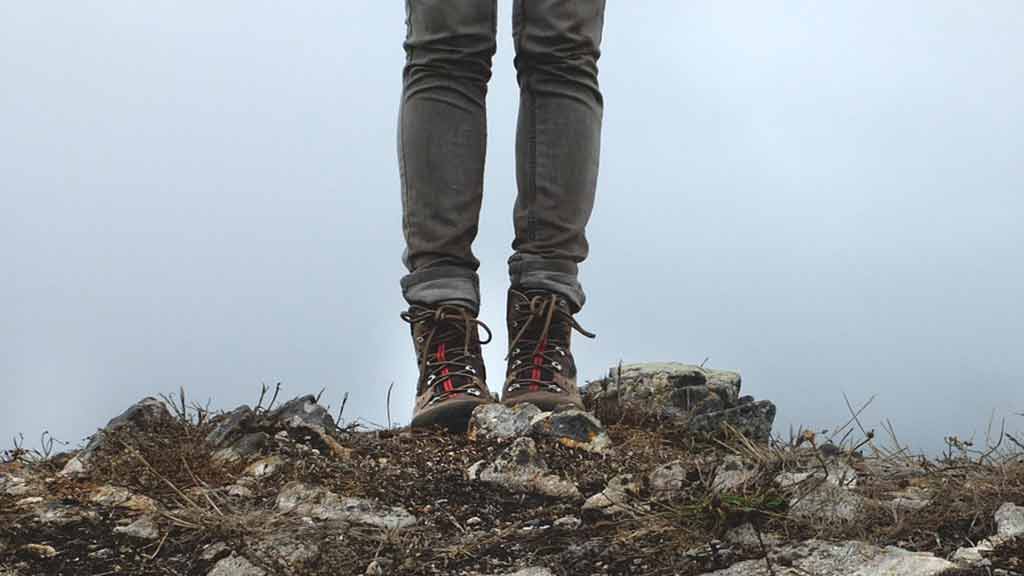
Book With The #1 Trusted
Ecuador Travel Agency
Contact us for a free tour quote – Happy Gringo specialise in custom-made trips right across Ecuador and Galapagos. We’ll be happy to include a trip to Pululahua Reserve into a vacation itinerary for you.
In conclusion, Pululahua Geobotanical Reserve offers a unique day from Quito Ecuador. Not only is the crater itself spectacular, but the community that decided to live in an active volcano is also very interesting for visitors.

